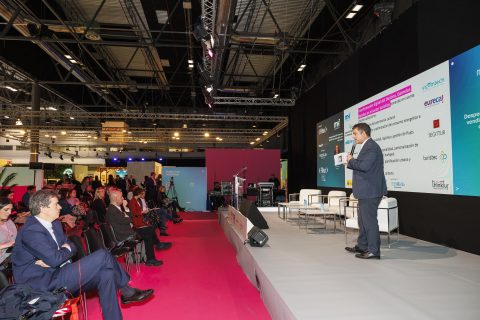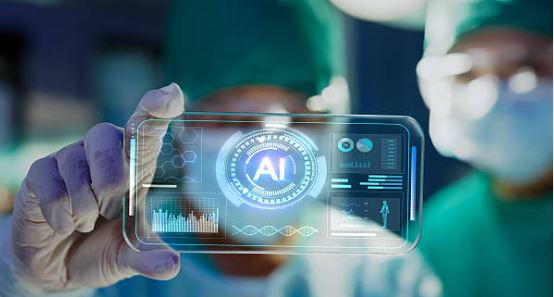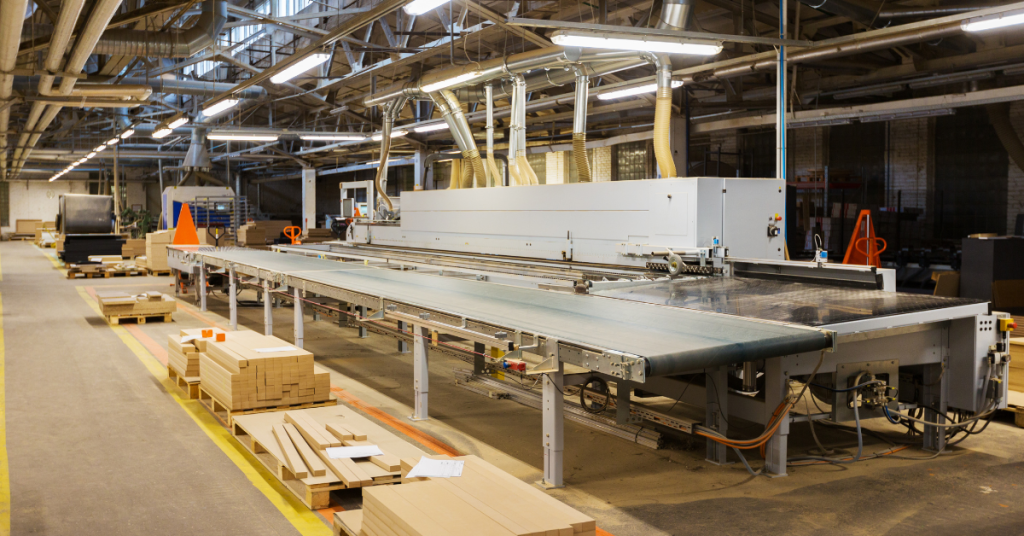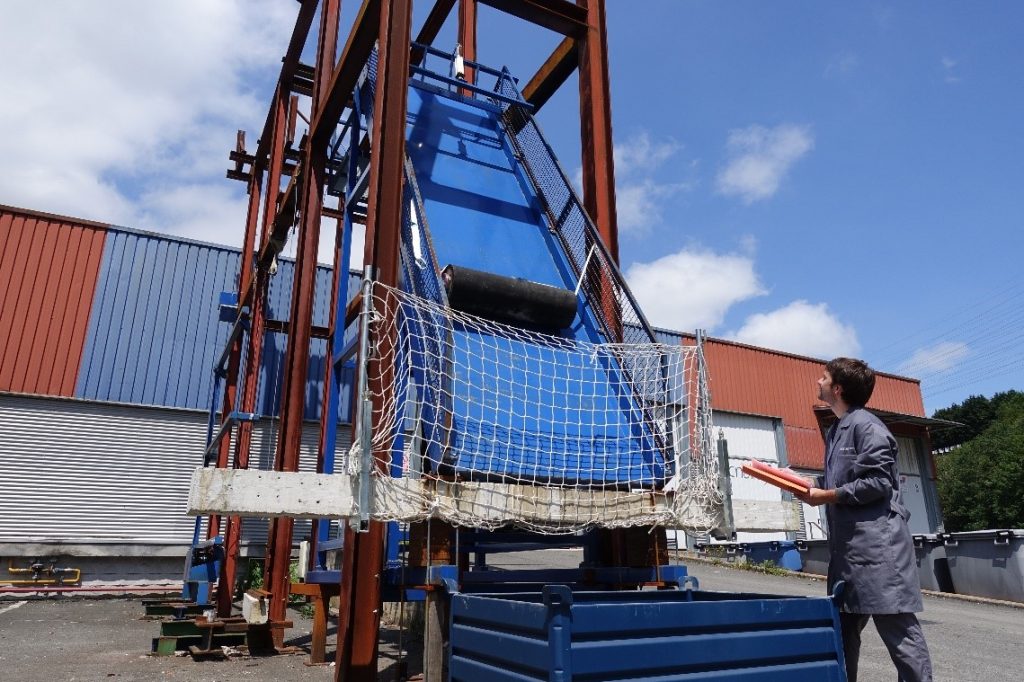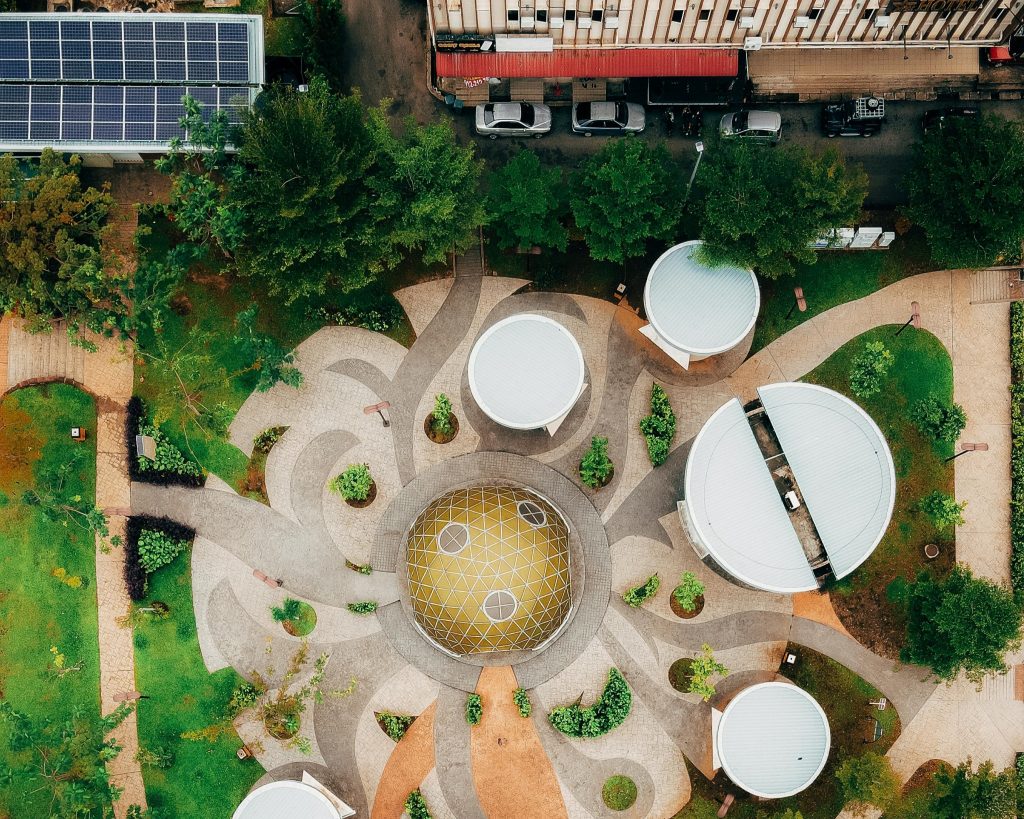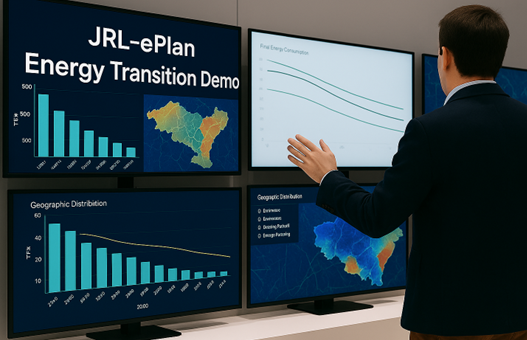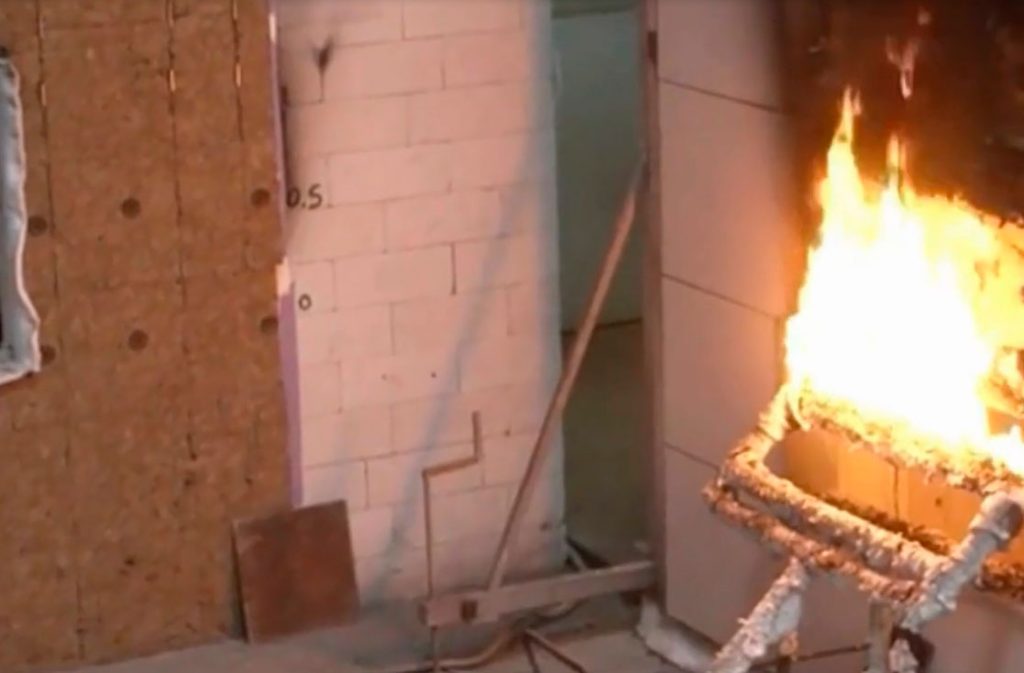“TECNALIA worked on the edition of an ebook based on a case study developed together with Inkolan to create a digital twin of Bilbao’s infrastructure”
TECNALIA takes part in the new edition of the ebook “Digital Transformation of the Destination: Digital Twins in the Tourism Sector”
Digital twins have proven very useful in areas such as process management and monitoring, as well as in the personalisation of experiences in the tourism sector by offering new ways of optimising management and improving traveller experience.
In the field of tourism, digital twins are seen as personalised virtual recreations, being mainly intended to be used by destinations, as well as by tourism companies for the following:
- Hotel management
- Destination planning
- Tourist experience
- Sustainability
Digital transformation in the tourism sector
Within the framework of FITURTECHY 2025, tourism platform Thinktur has presented the 10th edition of the ebook “Digital Transformation of the Destination: Digital Twins in the Tourism Sector”. This digital book, which is a benchmark for the whole tourism sector, is based on the contributions and case studies of eight technology centres, including TECNALIA.
Digital twin in infrastructure
TECNALIA, together with Inkolan, worked on this edition of the ebook through a case study in which it created a digital model of Bilbao’s infrastructure – a first step towards knowing what the city is like and what is happening in real time. It collects data regarding water, gas, electricity, telecommunications and municipal networks by integrating information from above-ground urban elements.
Buildings, public spaces and trees have been modelled in 3D, as well as the technical infrastructure; Inkolan service networks and municipal networks. Thanks to one of the viewers focusing on utility networks, real-time spatial queries can be made on the buildings connected to a transformer station. There is also sustainability viewer which aims to raise public awareness and advance in the fulfilment of the sustainable development goals. Among other indicators, it provides information on energy consumption, solar and water collection potential, etc.
It is a first step to know what the city is like and what is happening in it in real time. In the future, this digital twin could interact even more with the city on the basis of its virtual model; for example, it could be used to cut off road access to a historic centre because it has already exceeded its vehicle capacity or redirect tourism to less congested areas of the city.

